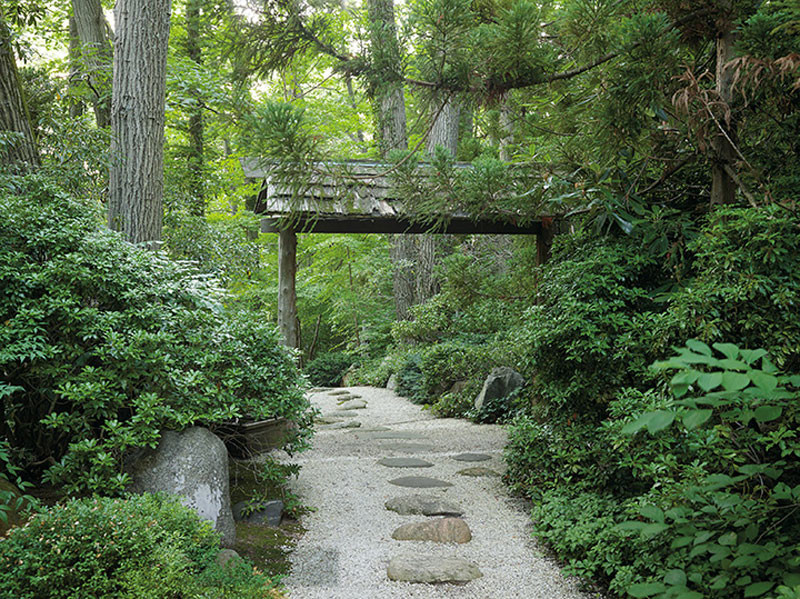What better way to spend a cold February day than curled up before the fire with a new, exceptional coffee table book on gardens – “Outstanding American Gardens: A Celebration- 25 Years of the Garden Conservancy”. It helps confirm that, yet again, spring shall come.
For 25 years, the non-profit Garden Conservancy, founded by Frank Cabot, has helped save and share over 100 outstanding public, and most importantly, private gardens. The Conservancy’s unique perspective is impressively presented in this lushly photographed tome that encompasses an appreciable selection of garden types, climate and soil conditions, to include all levels of sustainability. The credentials of its editor, esteemed garden writer Page Dickey, and renowned photographer, Marion Brenner, add immeasurable to the enjoyment of reading this book.

But what I’m particularly drawn to about Outstanding American Gardens is its embrace of a fact that many of us may take for granted –American gardens are distinct because of their diversity. Like our American culture, they blend old and new into something completely original.


Outstanding American Gardens differs from all other books on landscapes and private gardens in that the reader can, indeed, plan to visit these gardens in person (how many of us have read garden books, only to be left with that disappointment that we will probably never have the opportunity to see them in person?) As not only an advocate but a catalyst for garden preservation, the Conservancy launched their Open Days Program in 1995;today, gardeners in at least twenty states welcome 75,000 visitors a year. What speaks to the fervent and gracious nature of gardeners is that nearly one-half the private gardens opening each year are new to Open Days, providing a wealth of opportunities for gardeners of all persuasions.
Of the 50 stunning gardens in the book, 42 have opened their gates to the public through this volunteer-manned program… from Eugene, Oregon to Lake Forrest, Illinois; from Austin,Texas to Mt. Kisco, New York. Conveniently, the book is divided into six geographic sections — Mid-Atlantic, Northeast, South, Midwest, West and West Coast.
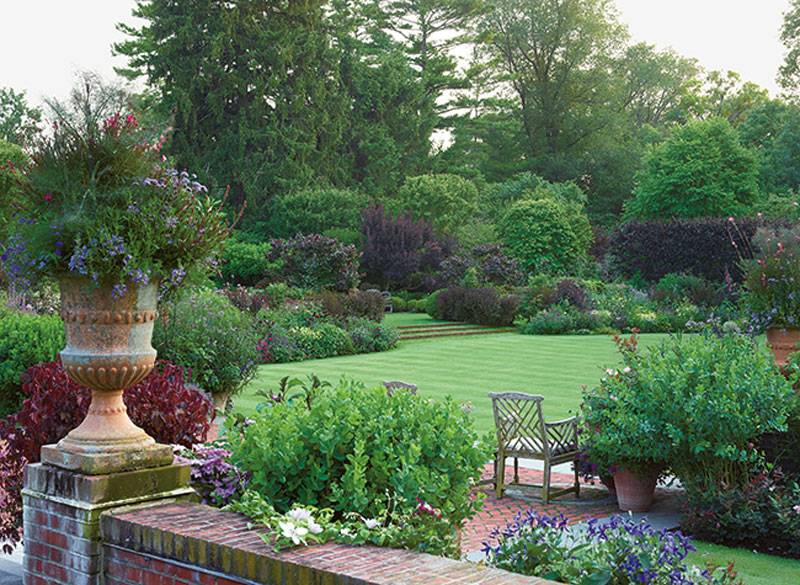

Two of the book’s gardens have a personal significance for me…first, the John P. Humes Japanese Stroll Garden. Sharing Ambassador Humes’ fascination with Japanese gardens – and having been sidetracked in creating my own here in Newport – his exquisite recreation in New York is top of my to-visit list.

The garden’s defining feature is its winding stepping-stone and gravel path, which represents the spiritual journey to enlightenment through immersion in nature.
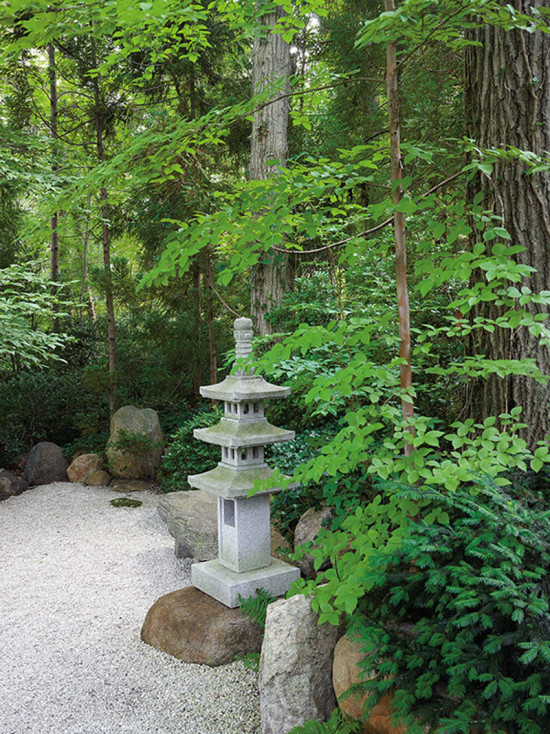

Secondly,Tom Armstrong’s garden overlooking the Long Island Sound on Fisher’s Island has a fascinating history (be sure to read his chapter in the mid-Atlantic section.) I fondly remember taking a boat across the Long Island Sound from New London for an idyllic day that included lunch fora small coterie of Fellows donors and his personally escorted walk through his modernist glass house, around which his older garden had been romanced to suit just perfectly.

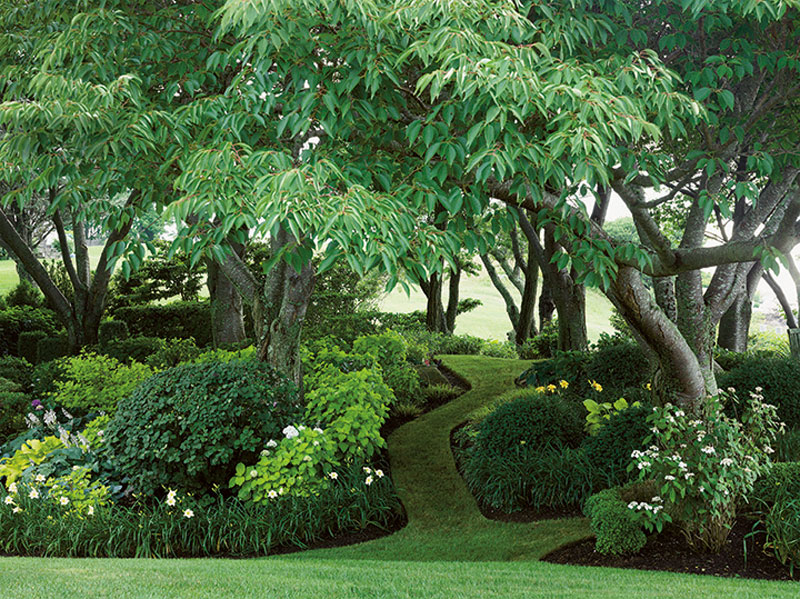
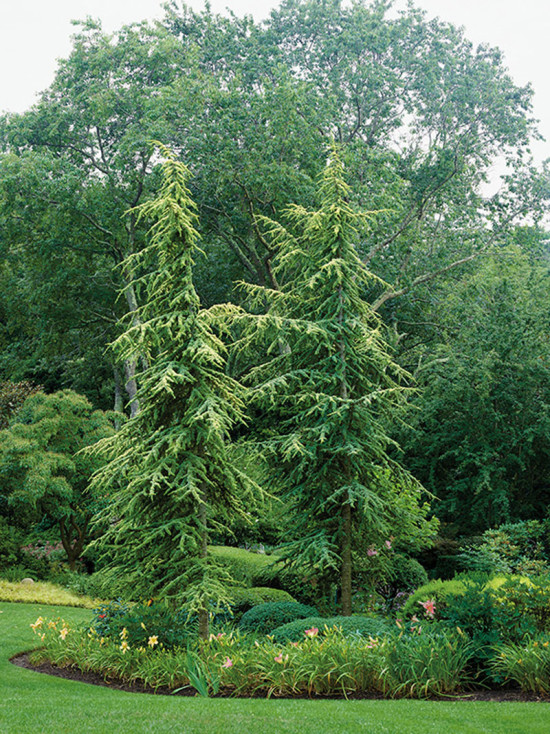
This charismatic, vibrant, art connoisseur and former chair of the Conservancy board, who died tragically a few months after this trip, expressed so eloquently the place of gardens in our lives, ”Gardeners are artists and great gardens, like paintings and sculpture, must be preserved. Our cultural heritage must include, forever, gardens.”
As garden owners, we thrill to the sharing and collaboration that result from opening our gardens.
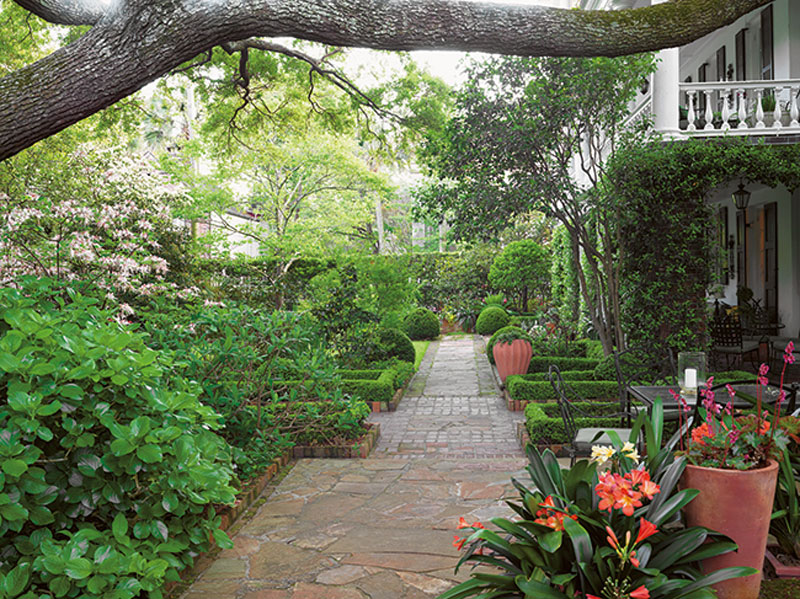

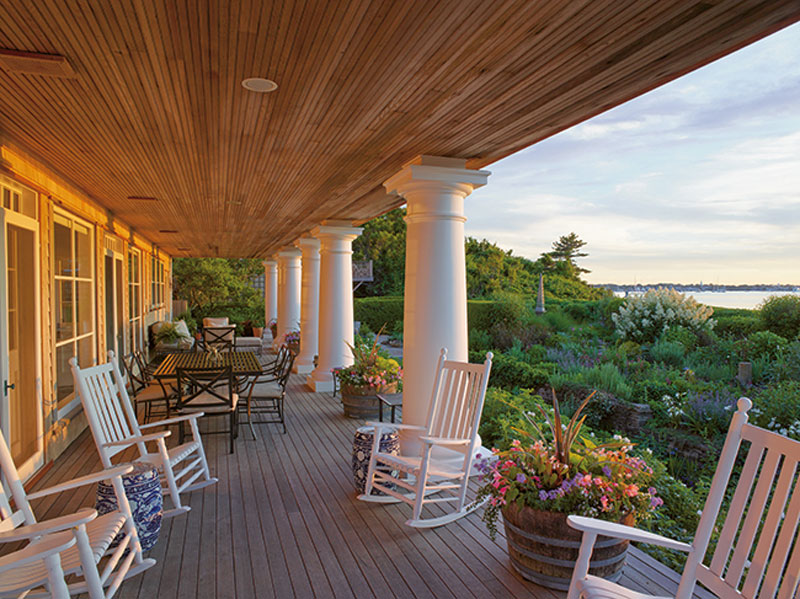
Oustanding American Gardens also features eight “preservation” gardens, which famously include Alcatraz, in San Francisco Bay, and Ruth Bancroft’s succulent and cacti garden in Walnut Creek, California. It is this dry garden landscape which first prompted Frank Cabot, in 1988, to pursue his plans for a garden conservancy. As Jenny du Pont, the Conservancy’s president and CEO observes, “…(given) the current West Coast drought, preserving a model dry garden such as this becomes even more compelling.”
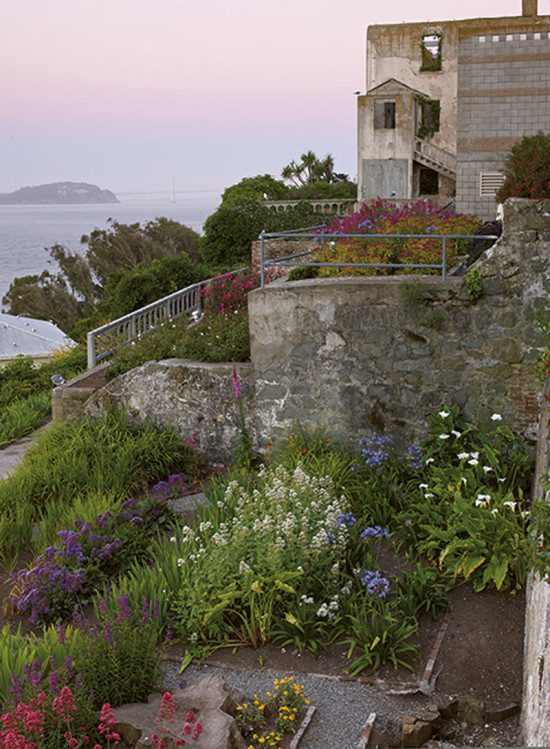
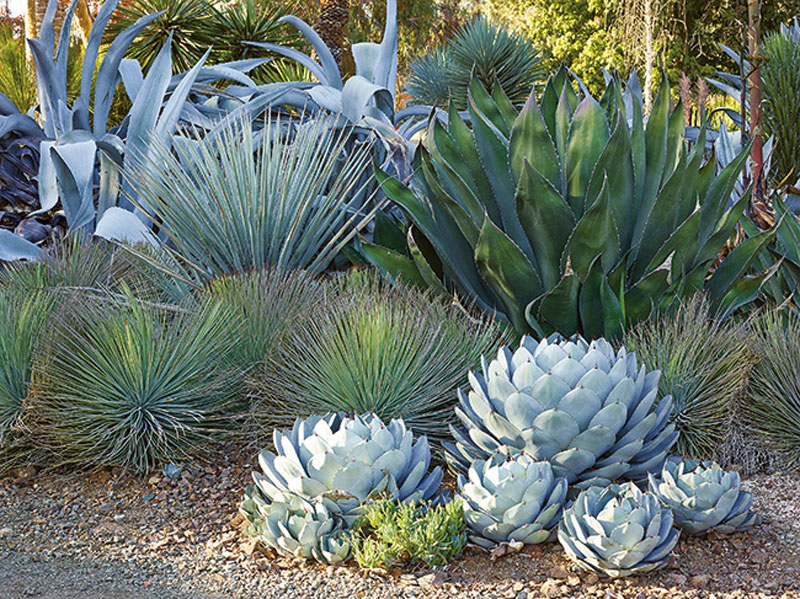
Now that you’re inspired, the next book to open is the Conservancy’s “Open Days” guide. This is the perfect month to be planning spring and summer trips and the guide makes for a wonderful new approach to a travel itinerary… pick your garden destinations, chart your routes and get in the car. I’ll hope to see you in one of the gardens. Happy travels!
Feature image of John P. Humes Japanese Stroll Garden and all other photographs, credit of Marion Brenner



